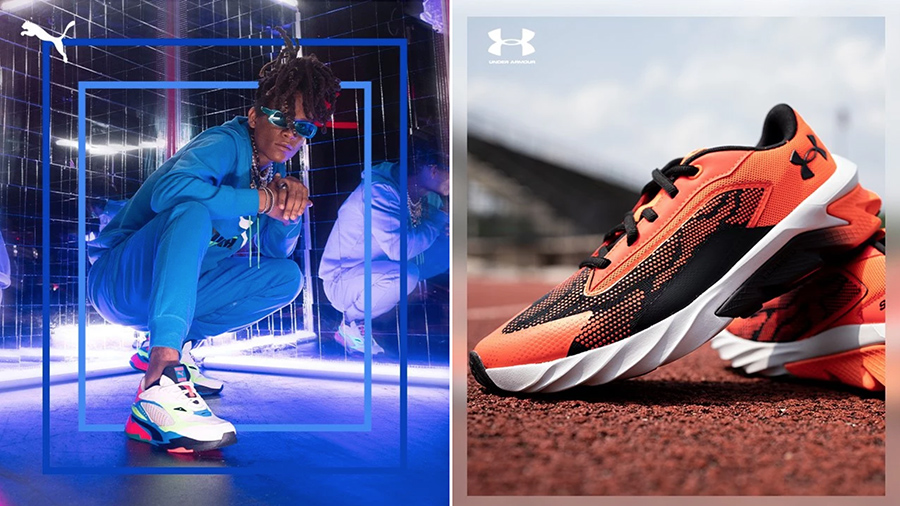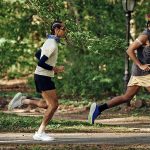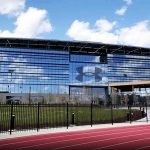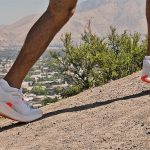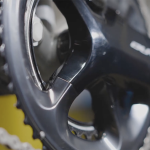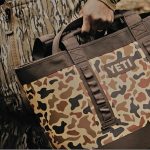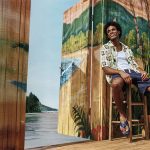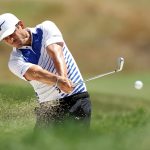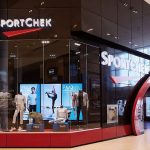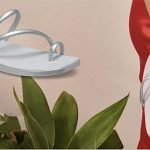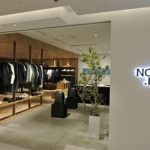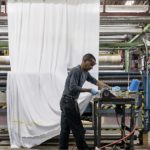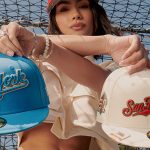Citing its capacity to retain new customers picked up during the pandemic, Hibbett Inc. reported that both earnings and sales crushed Wall Street’s targets in the second quarter and strongly lifted its full-year guidance. Same-store sales are now expected to land in the positive mid-teens range in 2021 on top of gains of 22.2 percent in 2020.
In the quarter ended July 31, sales decreased 5.1 percent year-over-year to $419.3 million but were up 66.1 percent on a two-year stack basis. Results significantly topped Wall Street’s consensus estimate of $320.89 million.
Comparable-store sales decreased 6.4 percent, as brick and mortar comps declined 3.8 percent and e-commerce sales fell 20.4 percent. E-commerce represented 13.1 percent of total sales in the latest period compared to 15.7 percent in the 2020 quarter.
The decline reflects accelerated sales as the pandemic emerged, with comps ahead 79 percent in the 2020 second quarter. On a two-year basis, comparable sales increased 72.8 percent. Brick and mortar comps jumped 64.5 percent, and e-commerce sales vaulted 153.3 percent over the two-year period.
Net income in the quarter came to $46.7 million, or $2.86 per share, down 6.6 percent versus adjusted net income of $50.0 million, or $2.95, in the year-ago quarter. EPS of $2.86 was double Wall Street’s consensus estimate of $1.42. After non-recurring items, earnings in the year-ago period were $40.4 million, or $2.38.
Gross margins in the latest quarter improved 200 basis points year-over-year to 39.0 percent, driven by higher sell-through of premium-priced products, a low promotional environment and improved e-commerce profitability. Margins were also helped by a slight mix shift away from e-commerce sales, which still carry a lower rate due to incremental fulfillment costs despite an overall improved margin.
Excluding adjustments to inventory valuation reserves in the prior-year quarter, gross margins were 39.0 percent in the latest period against 36.7 percent a year ago.
SG&A expenses were down slightly a percent of sales to 22.3 percent from 22.6 percent a year ago. This decrease resulted from having minimal costs associated with the City Gear acquisition and integration activities in the current year. Excluding certain City Gear acquisition and integration expenses last year, SG&A expenses increased 300 basis points to 22.3 percent from adjusted SG&A expenses of 19.3 percent. The increase was primarily related to the incremental cost of its stores operating at regular business hours with a full staff and increased investments to attract new customers, improve the customer experience and make back-office processes more efficient. Many stores operated at less than regular business hours in the year-ago period with slightly reduced staffing levels.
Mike Longo, president and CEO, noted to analysts that the prior-year period was positively impacted by pent-up consumer demand, temporary and permanent store closures by competitors and stimulus money which increased traffic to its stores and website. This year, despite reduced stimulus payments and less disruption to its largest competitors, Hibbett believes its increased market share, improved customer engagement and availability of in-demand products were significant offsets to these headwinds.
Said Longo, “We believe we’ve increased our market share. The momentum from these factors gave us even more opportunities to attract and retain new customers, and our data shows we’ve done a good job retaining them so far.”
He added, “Our competitive advantages of service, selection and best-in-class omnichannel capabilities provide us with a strong and resilient business model that continues to satisfy our existing customers, while also attracting and retaining new customers without sacrificing our ability to deliver a premium consumer experience. We continue to update and expand our product assortment, improve our supply chain capabilities and enhance our overall customer experience.”
He cited four drivers of second-quarter results:
- Business model improvements were delivered early, including supply chain innovation and a continued emphasis on store culture;
- Continuing to add new customers while retaining existing customers at above historical levels;
- Greater year-over-year volume of existing customers that continued to increase its purchase amount year-over-year; and
- The benefit of year-ago competitive closures, including Stage Stores and several JC Penney locations and efforts by brands, notably Nike, to limit distribution.
Longo stated, “The combination of these factors drove our solid quarterly sales results and allowed us to maintain a high gross margin.”
Women’s Paces Q2 Merchandise Gains
Jared Briskin, SVP and chief merchant, said all categories in the second quarter were “significantly above plan.” He added, “Our focus on toe-to-head merchandising continues to drive results.”
Team sports generated double-digit comp growth year-over-year among core categories, while mid-single-digit declines were seen in apparel and footwear. Among genders, women’s saw low-teens comp growth while men’s was down low-teens and kids were off low-single-digits.
Women’s licensed products and team sports achieved double-digit growth year-over-year for the quarter but were offset by declines in men’s and kids’. Said Briskin, “All genders and all categories achieved double-digit growth as compared to fiscal 2020 with women’s being the standout area with triple-digit growth over the two-year period.”
In apparel, drivers remain color-connected tops and bottoms, sneaker connectivity and “tall-to-small” connectivity from adults to kids sizing. Said Briskin, “From the athletic brands, we continue to see strong demand for lifestyle products and improvement in performance product. Our fashion brand performance continues to be very strong. Our vendors in this space are very nimble, and they’ve worked very closely with us to mitigate supply issues.”
The licensed business was “very strong,” led by headwear and jerseys. Looks inspired by the nineties are resonating and experiencing significant demand. In accessories, strong results from bags and sunglasses were offset by robust sales of pandemic-related items such as masks in the year-ago period
In footwear, basketball and lifestyle continue to drive sales. Classics demand remains “very strong,” said Briskin. The hunting footwear business is also strong and has benefited from elevated inventory allocations. Casual shoes, slides and sandals “continue to perform exceptionally well,” said Briskin.
Specific to footwear and apparel, women’s was Hibbett’s fastest-growing area, with men’s and kids declining.
Looking ahead, Longo said factors having a lasting impact on Hibbett’s performance include continued improvements to its business model, additional investments in the consumer experience, new customer retention, capitalizing on competitive closures, the reduction in the distribution of key brands, and improved inventory position.
Inventory Impacted By Supply Chain Disruption
Inventory at the end of the second quarter was $216.8 million, a 19.1 percent increase compared to the prior year’s second quarter. Briskin said, “Inventory remains under pressure due to the increased sales volume and supply chain disruption. Our merchants are working tirelessly with our vendor partners to deliver what we have on order and secure additional inventory. Based on current projections and information, we expect inventory levels to be up to fiscal 2021 during the back half of the year but to remain below fiscal 2020 levels.”
Hibbett’s updated outlook calls for:
- Comparable sales are now expected to be up in the positive mid-teens, up from the previous guidance range of positive high-single-digits to positive low-double-digits;
- Gross margin is expected to be lower in the second half in relation to the first half of 2020, but is expected to be favorable to both GAAP and adjusted fiscal 2020 gross margin on a full-year basis, which is consistent with the previous guidance;
- SG&A is expected to increase as a percent of sales in the second half in comparison to the first half, but is still anticipated to decline as a percent of sales in comparison to both GAAP and adjusted SG&A in 2020 on a full-year basis, which is consistent with the previous guidance; and
- EPS is expected in the range of $11.00 to $11.50, up from previous guidance in the range of $8.50 to $9.00.
Photo courtesy Hibbett City Gear

